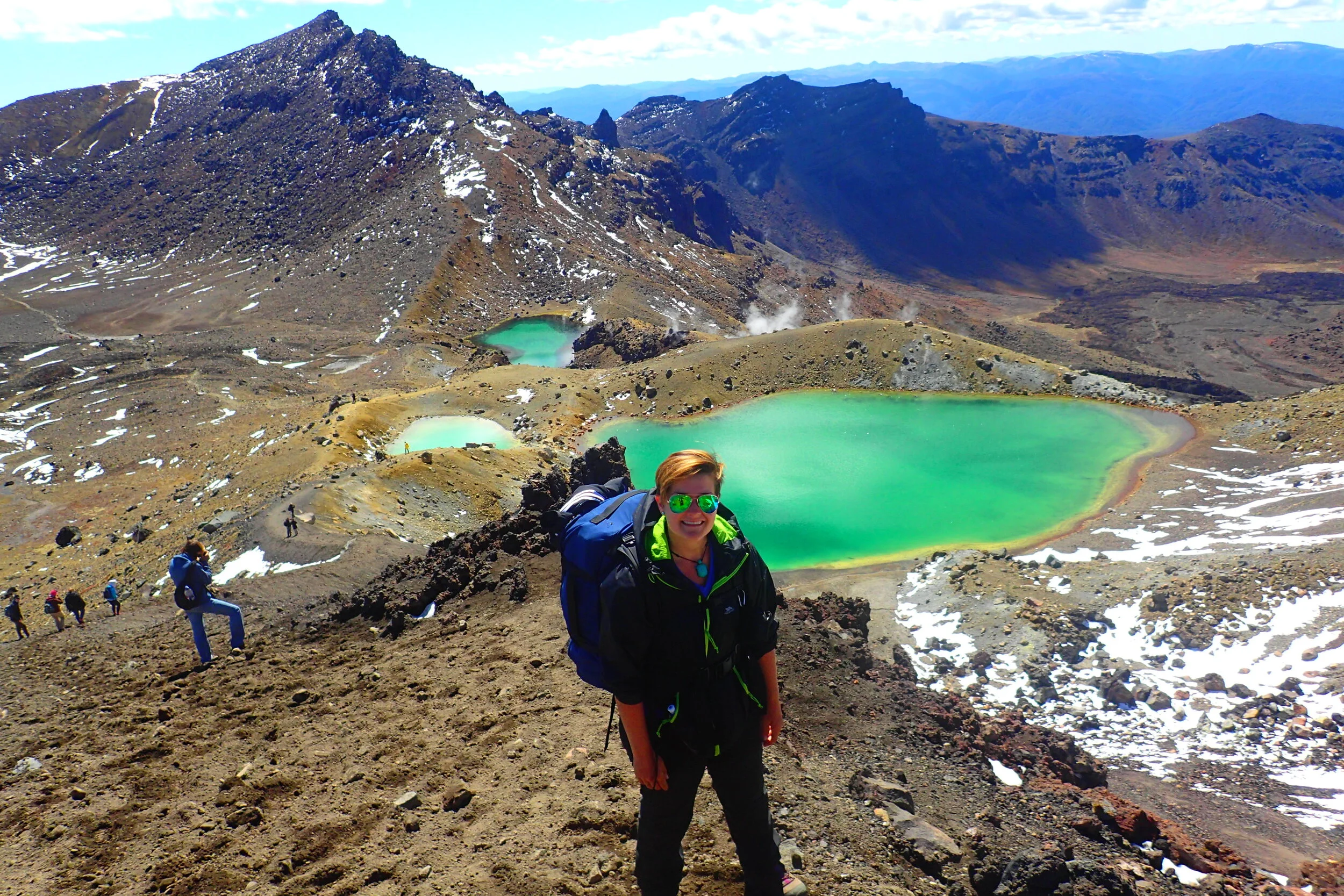I had finally arrived at my last destination abroad before returning to the USA: Tokyo, Japan. At 6:35am, I got off my connecting flight from Bangkok with a clear mission. I was going to spend the next several hours shopping in Tokyo.
I would need to minimize my time spent on public transportation in order to maximize the time I had between my flights.
Although I felt a bit rushed at times, I think I did a pretty good job planning my day. In 9 hours time, I managed to find out where to drop my luggage, board the right trains to get to the optimal shopping neighborhoods, and find the stores that would carry gifts for my game-loving, anime-loving family members back home.
I did my research before arriving in Bali. I only had 2 weeks there before I would return to the USA. I had to make it count. I found out the best diving in Bali was located on the smaller islands to the east. In particular, Nusa Lembongan would have exactly what I wanted. I found out ahead of time as much as I could about how to get there. I landed at Ngurah Rai International Airport in Denpasar at 2 in the afternoon. In only a couple hours, I was across the Badung Strait sipping a mango smoothie on the sand and watching the red sun dip over the sea.
Below I've put together a little question and answer style post about what I learned, both from my prior research and from my first-hand experience, getting from the airport to Nusa Lembongan. There's lots of advice on how to make this process go smoothly if you ever decide to go! If not, you'll get a look at the whole experience which includes insane drivers, unsafe boats, and digging through a mountain of flip flops.
Singapore is a city state and Southeast Asian island country next to Malaysia. And it’s small. At only 278 square miles (719 sq km), Singapore is an easy city to see during a long layover between flights. I flew into Singapore Changi airport at about 6AM from Auckland, New Zealand. My next flight was not until 9PM. This was more than enough time to see a bit of Singapore city.
The only problem was I had not done any research before my arrival! Was there public transportation? Could I leave my baggage at the airport? Where in the city should I go first? Find out how I got around and where I ended up in the first part of this post!
I was expecting Niue to be a small country. But there was no way I could have anticipated just how small and remote it is. Jono, my Kiwi partner, and I traveled from New Zealand to “the rock” of Polynesia at the end of August.
Upon our arrival, we realized the entire country is the equivalent of a rural village dropped onto an island in the middle of the ocean. With its approximately 1200 human dwellers (and possibly twice as many chickens), we felt like we were getting a true getaway from the fast pace of life. You’ll understand why if you ever have the chance to go, or you can just keep reading.
Before coming to Thailand, I had done an exorbitant amount of research on what to expect, what to avoid, and what to absolutely see and do. But as a rule in life, and also when I travel, I try not to have hard and fast expectations about things—I like to let my first-hand experience influence my impression and direct my path. This is how I create my own personal norm, tailored to me.
Pretty much every person and blog said something along the lines of “avoid the tourist trap of Khao San Road” or “go to Khao San Road just to experience it, but don’t stay there.” I decided to go against this advice completely by, instead, booking my first night of accommodation in the center of it all. I had researched some good, reasonably priced hotels in Bangkok and the one which stuck out to me was called the Rikka Inn. It was calling my name—literally!—and so I didn’t care about its location or its higher-than-usual price compared to the guesthouses in the area. I just knew I’d need a good night of sleep after the 11-hour flight from Munich.
Typically, an airport tarmac is filled with airplanes, luggage transport cars, and people directing plane traffic. Berlin’s Tempelhof deviates from this airport norm, however. In 2008, in an effort to reduce air traffic in Berlin, the airport closed down. Since then, the airport has been turned into a space for large fairs, tradeshows, and festivals. Berliners have also reclaimed the Tempelhof as a park, but the people of Berlin had to take to the streets to keep this space open for public use.
Initially, the city mayor had the vision to build a shopping center, condominiums, and plazas in the big empty plot. These plans were quickly extinguished. As I’ve written before, the people of Berlin despise such gentrification and they protested against it.







